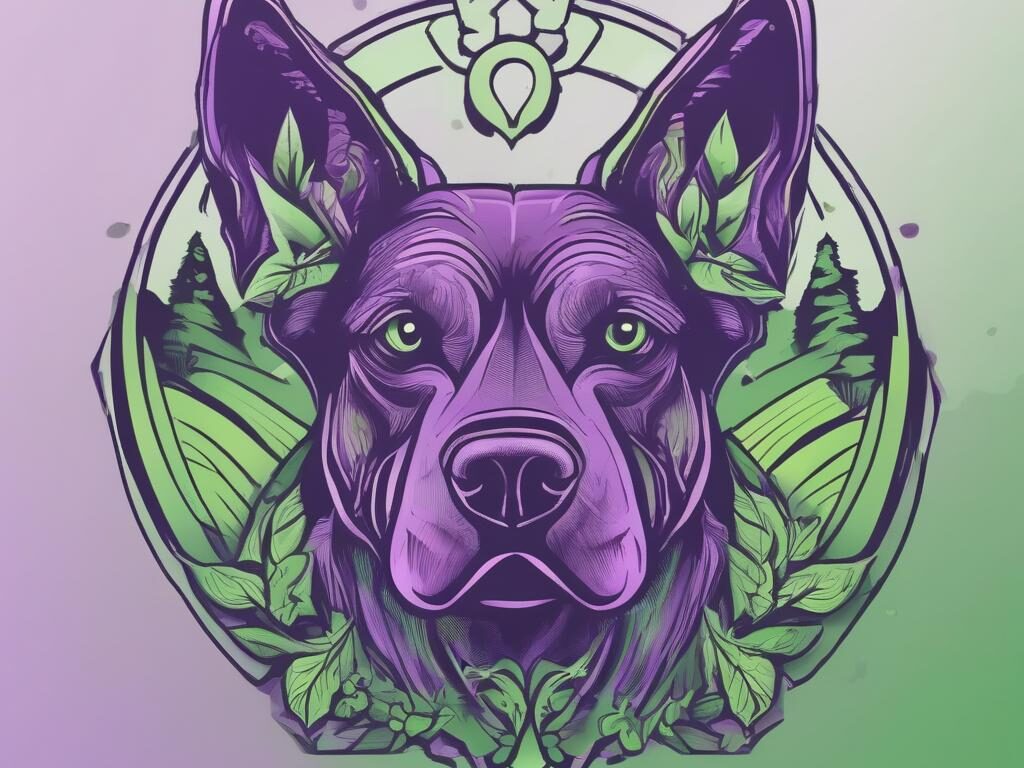The Importance of Choosing the Right Saddle: A Complete Guide
Choosing the right saddle is crucial for every rider, whether you are a professional athlete, a recreational rider, or simply someone who enjoys an occasional horseback ride. The saddle plays a significant role in ensuring both the rider’s and the horse’s comfort, balance, and overall performance.
When it comes to saddles, there are various factors to consider, including the type of riding discipline, the horse’s conformation, the rider’s body shape, and personal preferences. With so many options available, it can often be overwhelming to select the perfect saddle. That’s why we have prepared this comprehensive guide to help you understand everything you need to know about saddles.
Firstly, let’s talk about the different types of saddles. There are several popular types, such as all-purpose saddles, dressage saddles, jumping saddles, and western saddles. Each of these saddle types is designed with specific features to suit different riding purposes.
The all-purpose saddle is a versatile option that caters to a wide range of riding disciplines, from hacking and trail riding to light jumping. It offers a moderately deep seat, a forward flap, and knee rolls that provide support and security for the rider.
Dressage saddles, on the other hand, are specially designed for dressage riders. They feature a deep seat and straight flaps that allow for maximum contact and communication between the rider and the horse. Dressage saddles also have longer billets to accommodate the use of a dressage girth.
Jumping saddles, as the name suggests, are designed for riders who participate in jumping competitions. They feature a forward-cut flap, which allows for greater freedom of movement over jumps. Additionally, these saddles typically have padded knee rolls and shorter billets to provide stability and security.
For those interested in western riding, western saddles are the way to go. These saddles have a deep seat, high pommel, and horn, which provide comfort and security during long hours of riding. They also feature a larger weight-bearing surface area to distribute the rider’s weight evenly.
When it comes to saddle fit, it’s important to ensure that the saddle fits both the rider and the horse properly. Ill-fitting saddles can cause discomfort, pain, and even injury for both parties involved. That’s why it’s recommended to consult with a professional saddle fitter who can analyze the horse’s back shape and the rider’s position to determine the most suitable saddle size and type.
In conclusion, choosing the right saddle is of utmost importance for riders of all levels. A well-fitted saddle not only ensures comfort and safety but also enhances performance and communication between the rider and the horse. By considering factors such as saddle type, fit, and individual preferences, riders can make an informed decision and enjoy their equestrian journeys to the fullest.
Anatomy of a Saddle: A Comprehensive Breakdown
W dzisiejszym artykule zajmiemy się szczegółowym omówieniem anatomicznej struktury siodła jeździeckiego. Siodło jest jednym z najważniejszych elementów wyposażenia jeźdźca, wpływając bezpośrednio na komfort i bezpieczeństwo zarówno jeźdźca, jak i konia. Zrozumienie anatomicznej budowy siodła jest kluczowe, aby móc dokonać właściwego wyboru i dopasowania siodła do konkretnej dyscypliny sportowej czy stylu jazdy.
Pierwszym elementem analizy jest przednie łóżko siodła, które zapewnia stabilność i równowagę jeźdźca. Powinno być odpowiednio wyprofilowane i dostosowane do kształtu koniowatej grzbietowiny konia. Dobrze dopasowane przednie łóżko minimalizuje ryzyko przesuwania się siodła i nacisku na kręgosłup konia.
Kolejnym elementem jest głębokość pnia siodła, czyli jego centralnej części. To miejsce, w którym jeździec zasiada na siodle. Głębokie pnie są bardziej stabilne, ale mogą ograniczać niektóre ruchy jeździec, szczególnie w dyscyplinach, gdzie wymagane są większe swobody ruchu.
Niezwykle istotne są również panelki siodła, które mają kontakt bezpośredni z grzbietem konia. Ich zadaniem jest rozłożenie równomiernego nacisku na grzbiet konia, minimalizując punktowy ucisk. Panelki mogą być wykonane z różnych materiałów, takich jak pianka, lateks czy wełna, każdy z nich ma swoje zalety i wady.
Wyprofilowanie kąta kopertowego siodła również wpływa na stabilność i równowagę siedzenia. Kąt kopertowy optymalizuje dystrybucję ciężaru jeźdźca na konia, sprawiając, że siodło lepiej przylega do grzbietu i zapewnia wygodę.
Następnym elementem, na który należy zwrócić uwagę, jest optymalizacja pasów siodła, takich jak pas bogatkowy i pasy jeździeckie. Poprawne rozmieszczenie tych pasów zapewnia równomierne rozłożenie nacisku i utrzymanie siodła na swoim miejscu podczas jazdy.
Ostatnim elementem anatomicznym siodła jest kształt łęków, czyli skrzydełek siodła. Kształt łęków może wpływać na stabilność siodła i zapewniać dodatkowe wsparcie dla uda jeźdźca. Ważne jest, aby kształt łęków był dobrze dopasowany do konkretnych preferencji i potrzeb jeźdźca.
Podsumowując, anatomiczna budowa siodła jest kluczowym czynnikiem, który wpływa na komfort i bezpieczeństwo zarówno jeźdźca, jak i konia. Dobrze dopasowane siodło zapewni stabilność, równowagę i minimalizację ucisku na grzbiet konia. Kierując się powyższymi wskazówkami, każdy jeździec będzie w stanie dokonać właściwego wyboru siodła, odpowiedniego do swoich potrzeb i preferencji.

